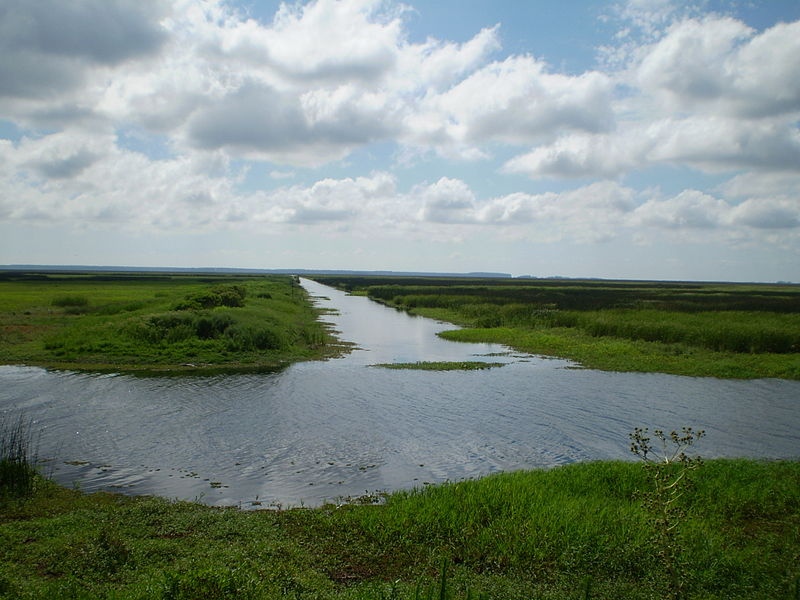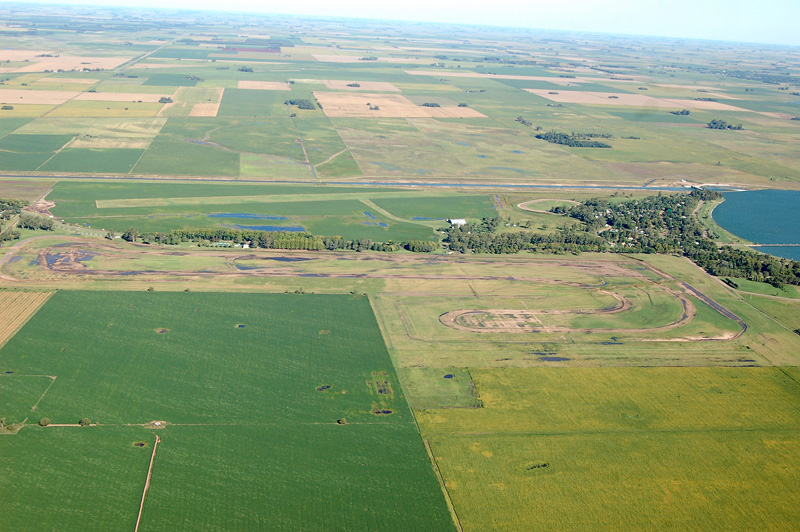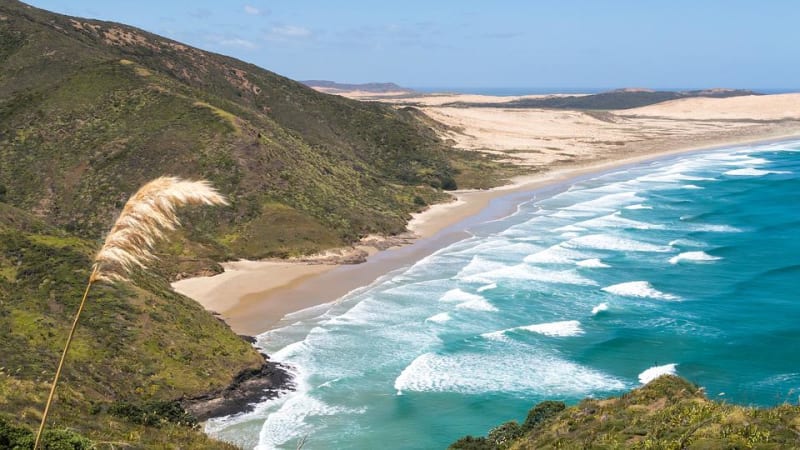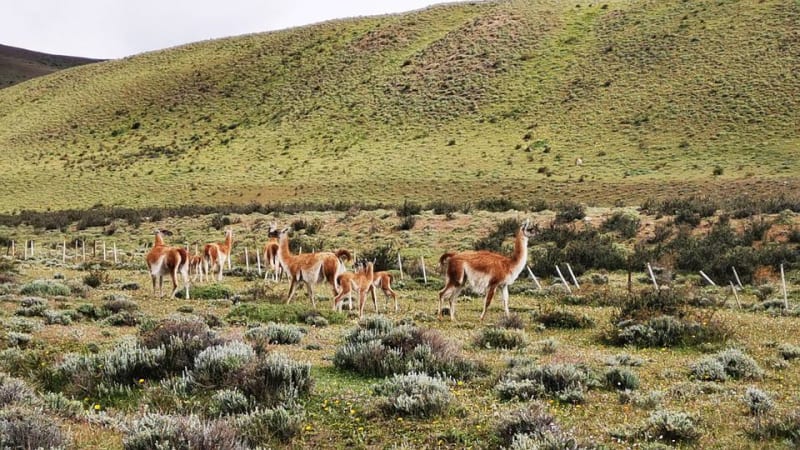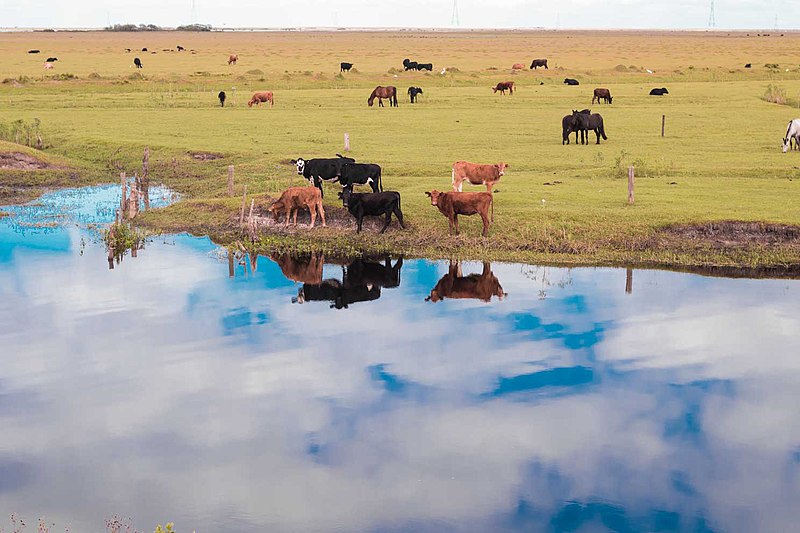Pampa
There is one important natural attraction in Argentina - the Pampa steppe. The Pampas are large grassy steppes. They are mostly sparsely populated, but they extend from Buenos Aires to Uruguay and cover an area of 1,200,000 km2.
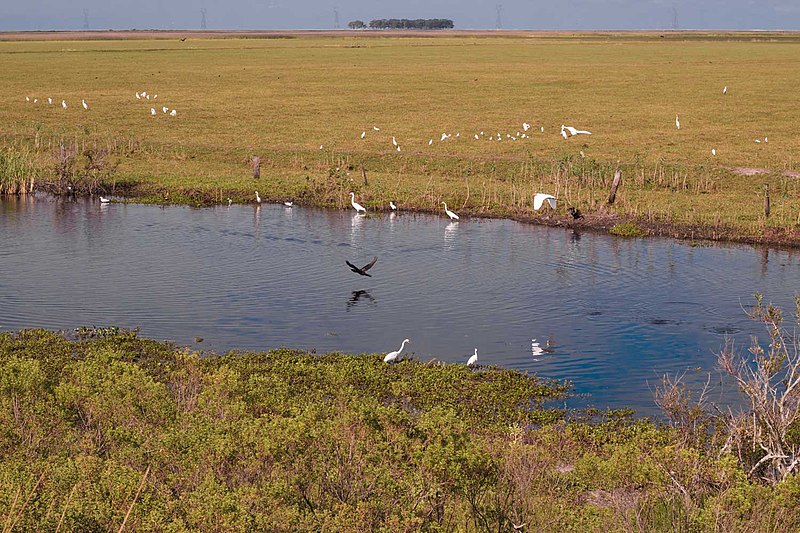
They can also be described as plains, as the Quechua Indians believed, because this huge space is an unusual phenomenon for them. While traveling in Southern Argentina, they met the pampas and formed some strange myths. They believed that it symbolized eternal life and the whole world through its expanses. The Pampa steppes lie from the mouth of the La Plata River, which is in the west of the Andes, and in the east is washed by the Atlantic Ocean. Cortaderia (pampas grass)- it is the most common ornamental plant in the world, because it does not require special care. The locals called them "pampero", which means "cold wind".
Previously, the pampas were settled reluctantly, they tried to displace, but then they settled more than 76% of the entire population of Argentina. The steppe is a fertile soil, they can be used for economic purposes, it is warm here during the cold season, the soil is beneficial for growing wheat and other crops, maple trees take root well. The Pampas are arid, especially closer to the ocean. The temperature in summer in the steppes ranges from 25 to 33 °C, and in winter, as a rule, it does not fall below -10 °C. The territories near the Antarctic Ocean are characterized by large temperature differences during the day, it can be 35 °C, and sometimes a couple of days at night there can be frost up to -5 °C.
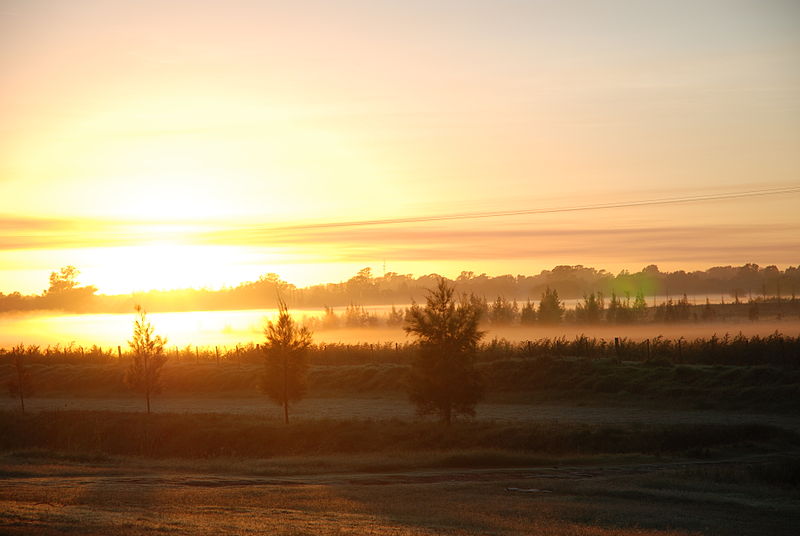
Flora and fauna
Pampas deer, nutria, armadillo, guinea pigs, wild horses, nandou ostrich and various rodents and pampa grass are common here, which extends over wide expanses. Due to the development of agriculture, many species had to leave their habitual habitats. Of the predators, cougars, Pampas foxes, grisons and maned wolves are often found. Since there are frequent fires in the steppe, there are almost no trees growing here, and the flora is represented by grassy prairies.
As you understand, the Pampa territory is densely populated, more than 30 million people are concentrated here, and the largest city is Rosario, it is a seaport, because the depths of the Pampa are used for export, mainly wheat -80%. Since there are few rivers and lakes in the pampas, they are fed by groundwater. They do not have enough water, even for irrigation of grain crops, so artificial irrigation is widespread there. An interesting fact is that the Pampas have a special, uncharacteristic for South America – red-black soil, as it is known, it was formed from volcanic rocks. It is on such soils that it is good to grow vegetation such as covila, borodan, which have medicinal properties. Since most of it is sown with grain crops and has not preserved its previous appearance, its true beauty can be seen in nature reserves or closer to the Atlantic Ocean.
